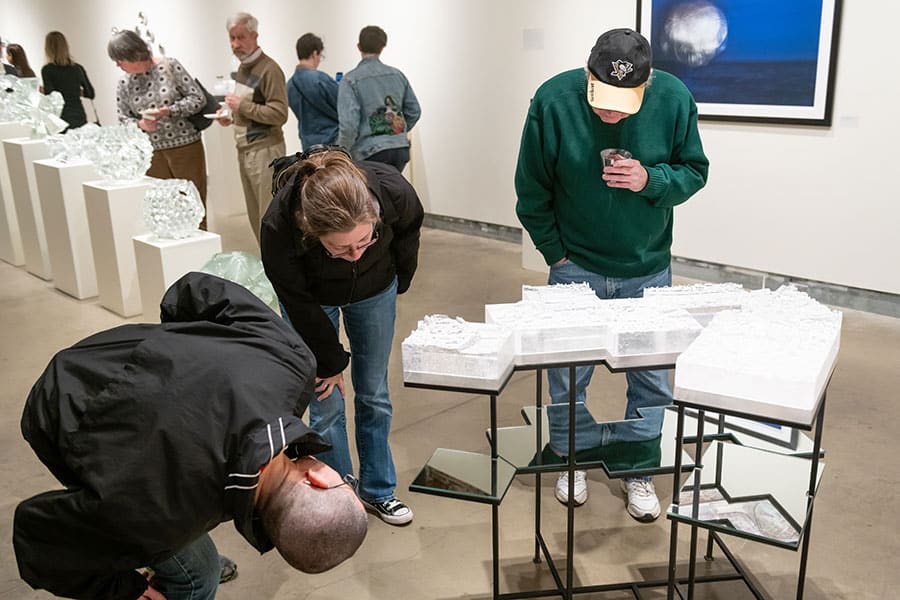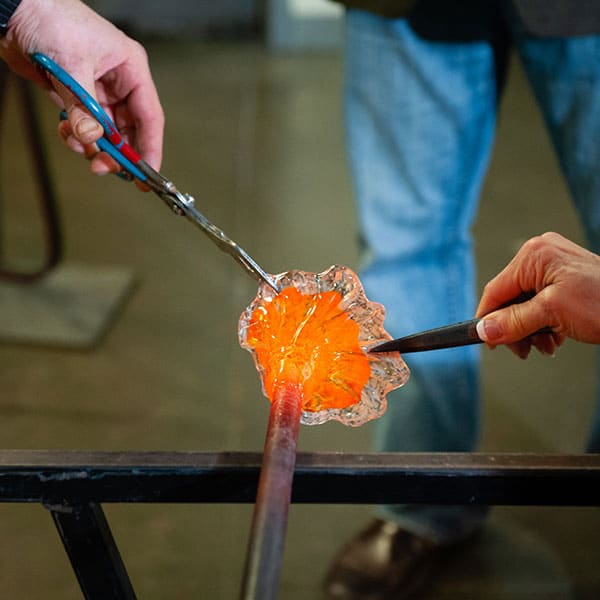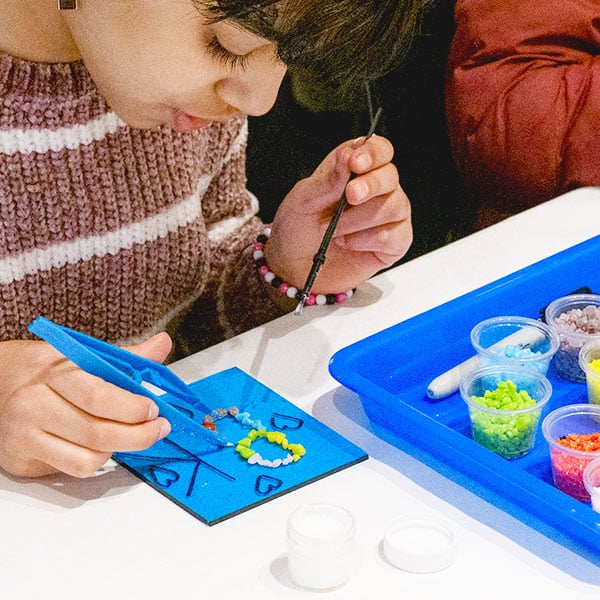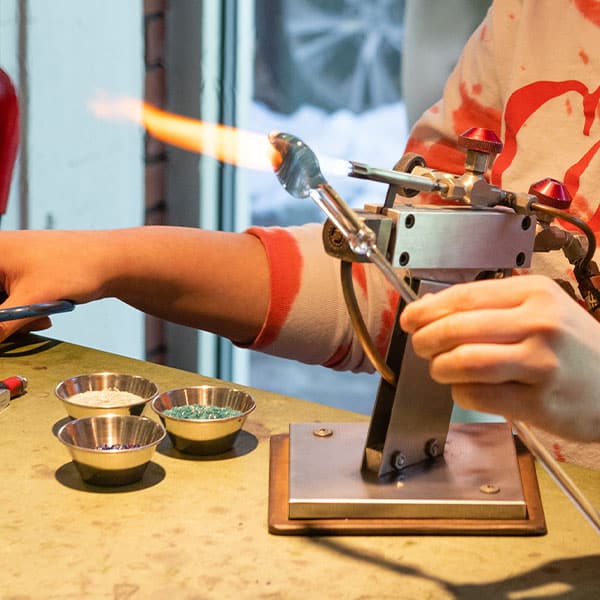PGC’s Silica Valley Glass Art Exhibition Goes Virtual

Every Robot Needs a Human in Silica Valley
Access to our facility was limited due to the COVID-19 health crisis, so we brought this exhibition, Silica Valley, to you at home! Below you’ll find virtual tours, interviews, and educational activities that will help you get the best of this exhibition exploring the impact of current technologies on one of art’s oldest mediums.
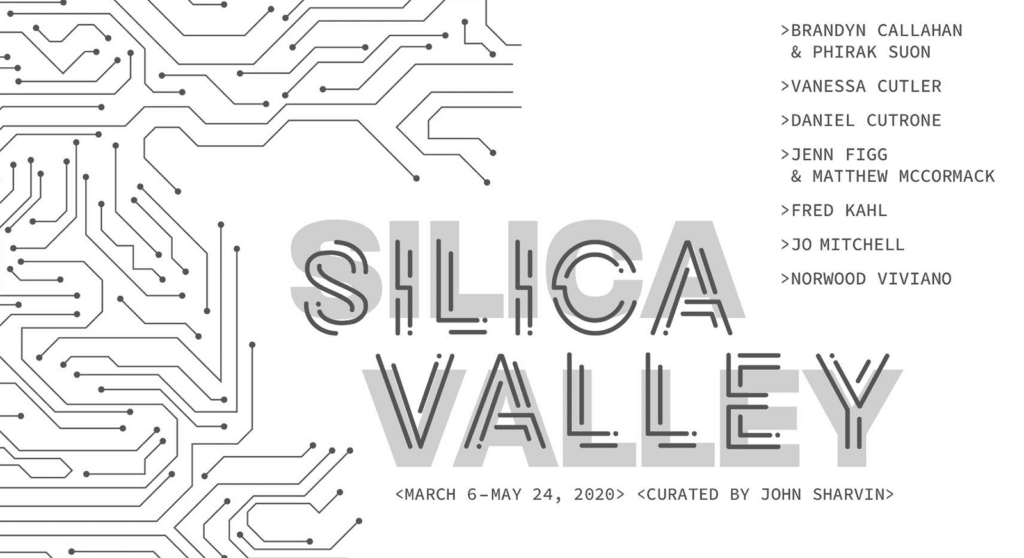

About the Exhibition
Silica Valley explores the interplay between technology and human creativity in an age when tech is both so integrated into our lives as to go unnoticed, but also threatening in its growing presence. The show’s title is a play on Silicon Valley, the California technology hub that is home to many of the top computing and media companies, and silica, a compound key in the production of glass. This connection demonstrates that the components of technology and art are not so separate and can mesh in interesting new ways, as shown by the various fusions created by the artists in their works.
Though technological innovation is key to the development of the featured artists’ work, their final products tend to only express this subtly. This is reminiscent of how the beauty of technology often goes unnoticed because of its ubiquity in our daily lives. The works stand on their own as inventive, imaginative pieces even when their technological background initially remains hidden.
“Every robot needs a human,” says John Sharvin, Silica Valley’s curator.
Even in an age where technology seems ever more ascendant, it is important to remember that people are the ones who provide its workings with meaning and context.
“I hope that this show will encourage people interested in engineering, computer science, and robotics to consider the connections between creating with technology and glass,” explained Sharvin, who wants to try and bridge the gap between engineering and art.
Featured Artists
- Brandyn Callahan & Phirak Suon
- Vanessa Cutler
- Daniel Cutrone
- Jenn Figg & Matthew McCormack
- Fred Kahl
- Joanne Mitchell
- Norwood Viviano
The nine artists featured in the show are experts who have created and honed their own technology enhanced glass working techniques. They are an international cohort, with artists from both the US and UK. Some have pioneered new techniques using CNC-driven waterjets to cut and shape their works in unique ways. Others focus on machining and 3D printing to create new molds and structures.
Curated by John Sharvin
Interview, Press, and Resources
- Glass Art + Ceramics with Brandyn Callahan and Phirak Suon (Glass Art Society Virtual Conference)
- Exhibit Showcases Glass Art Made With Digital Assistance (90.5 WESA)
- Glass meets technology at Silica Valley (Pittsburgh City Paper)
- Virtual Gallery Tour with Curator John Sharvin (PGC)
- Silica Valley Virtual Artist Talks
